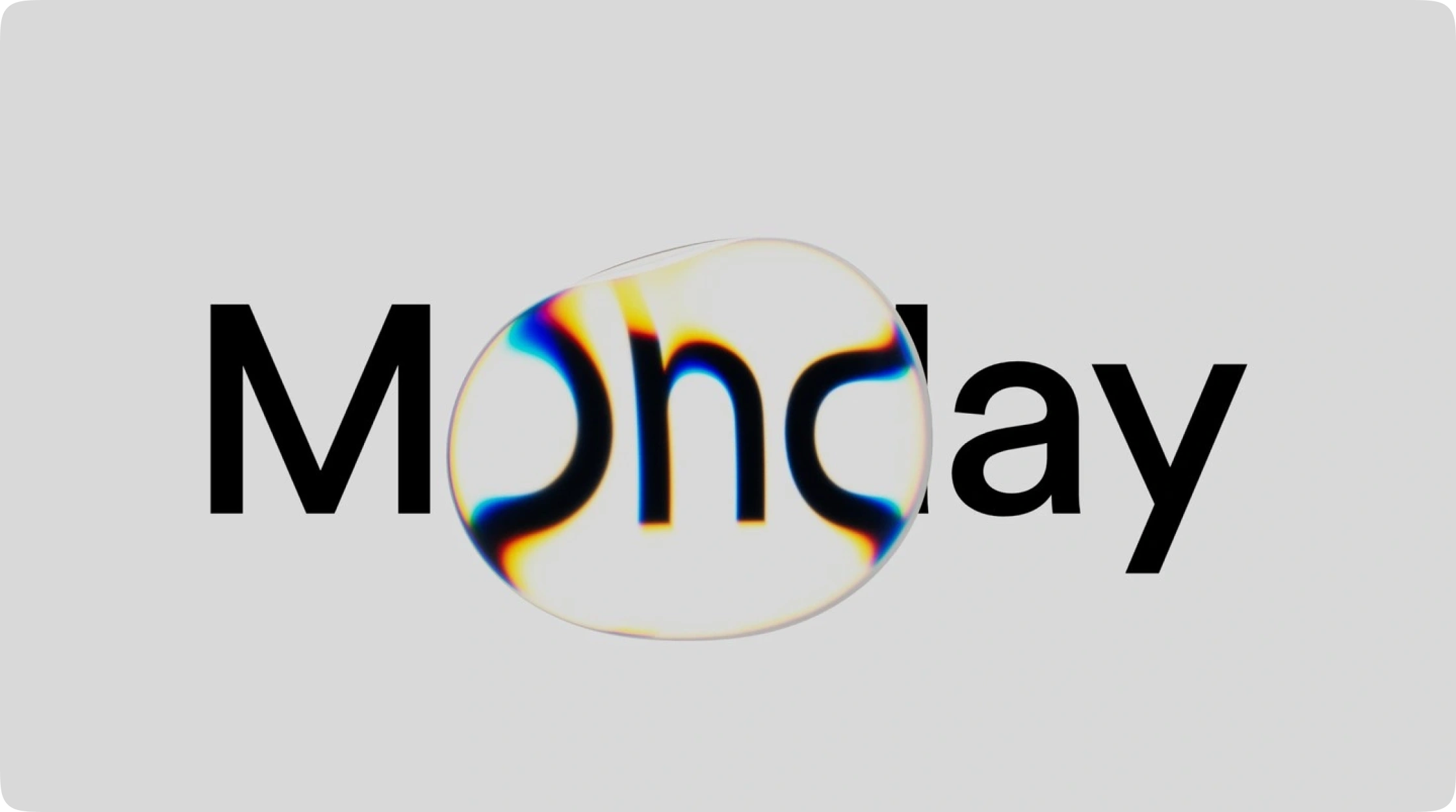
What the Past Year Taught Us About Real Marketing

Stories, shifts, and signals from the team at Friday Marketing Agency
It’s been a year of real lessons — not just strategies and KPIs, but people, platforms, and patterns that surprised even us. At Friday Marketing Agency, we’ve had a front-row seat to how marketing is evolving — from quiet wins to big shifts that aren’t trending but are working. This isn’t a prediction list. It’s what happened. What brands did. What creators learned. What connected.
Instagram Went from ‘Nice to Have’ to Main Revenue Stream
One startup shared how they built 87% of their bookings from Instagram alone — no paid ads, no Airbnb listings. With a sharp focus on consistency and smart influencer partnerships, they broke even in their first year. Social content, when done with clarity and intention, proved to be more than just marketing — it became their business engine.
AI Helped — But Only When Humans Led the Way
The rise of AI tools didn’t mean replacing creative teams. It meant cleaning up messy processes and finding clarity. The real growth came when AI was used to support human storytelling — not replace it. People still want to feel something real.
Emotions Still Win: The Power of “We”
One political campaign in Romania leaned on a simple insight: people want to feel like they belong. They used collective frustration not to divide, but to unite — and it worked. Brands that tapped into shared feelings, honestly and ethically, saw deeper engagement too.
When the Website Experience Makes All the Difference
It’s not enough to just be visible online. How it feels to interact with your brand — on your site, in emails, on social — shapes how people talk about you. Seamless design and thoughtful touchpoints helped companies turn visitors into loyal customers.
Why Passion is Still Underrated in Sales
In one story, someone simply shared their love for what they do — and it led to a referral on the spot. No pitch deck, no funnel, just honest excitement. It’s a reminder that people still say yes to people they like and believe in.
B2B Buyers Are Acting Like Everyday Shoppers
The line between B2B and B2C got even blurrier. Buyers turned to LinkedIn, Instagram, and even YouTube before looking at formal websites. What helped? Clear messages, quick trust, and peer validation.
Funnels Got Faster, Smarter, and More Personal
The time between awareness and purchase shrank. Businesses that met people where they were — with relevant content and minimal friction — converted faster. Agility replaced complexity.
Pinterest Quietly Became a Go-To Space
Pinterest, often overlooked, turned into a powerful platform for brands in visual or lifestyle spaces. People came there to get inspired — and stayed to discover new things. For some, it became a calmer, more intentional alternative to the usual scroll.
One Voice Across Every Platform (That Still Feels Like You)
Whether reaching a global audience or a local one, the most successful marketers kept one thing steady: their voice. Not the tone, not the polish — but the truth in how they showed up. That consistency paid off in trust and reach.
Relevance Beat Creativity (Yes, Really)
Turns out, being clever isn’t enough. The posts and campaigns that hit hardest were the ones that felt most timely — rooted in what people were already thinking about. Even simple ideas worked, if they were in tune with the moment.
The Quiet Power of Showing Up
A few people didn’t do anything flashy. They just kept showing up. Posting, commenting, helping. And slowly, their work started to spread. What looked like overnight growth was often a year of steady effort behind the scenes.
Change Wasn’t the Challenge — Resistance Was
The people who moved fast, tried new tools, tested new formats — they adapted. But those stuck in old models struggled. It wasn’t about tech or trends — it was about willingness to move.
Raw, Lo-Fi Videos Outperformed Studio Work
People stopped being impressed by perfection. They connected more with real faces, messy moments, even behind-the-scenes chaos. The less curated the content, the more human it felt — and the better it performed.
Real-Life Events Made a Quiet Comeback
After years of being online, people started craving something offline. Local events, gatherings, and even small workshops made a big impact. And for brands? These touchpoints built loyalty that no algorithm could fake.
Taste Is the New Talent
With so many tools making it easy to create, what stood out wasn’t the tech — it was the taste. The marketers who knew how to put things together with style and meaning stayed ahead.
People Want Value, Not Just Ads
Attention spans didn’t disappear — they just got more selective. Audiences tuned out anything that felt like noise. But content that offered value — education, humor, beauty, clarity — held their attention.
You Don’t Need to Do It Alone
The most reassuring lesson? The best work came from teams, collaborations, and communities. Whether it was a Slack group or a LinkedIn comment thread, having a space to share and learn made all the difference.




